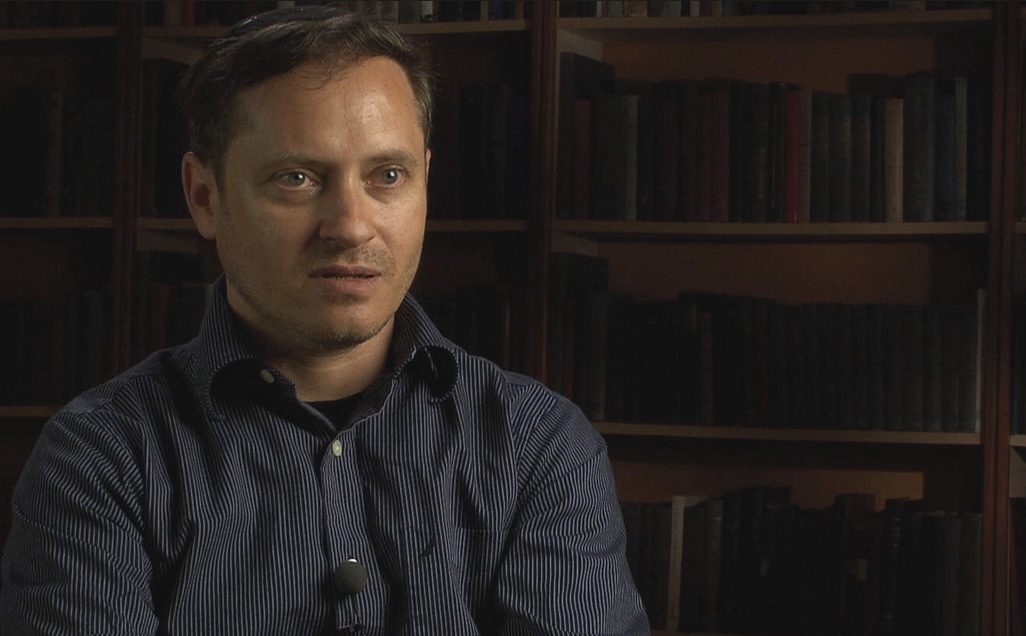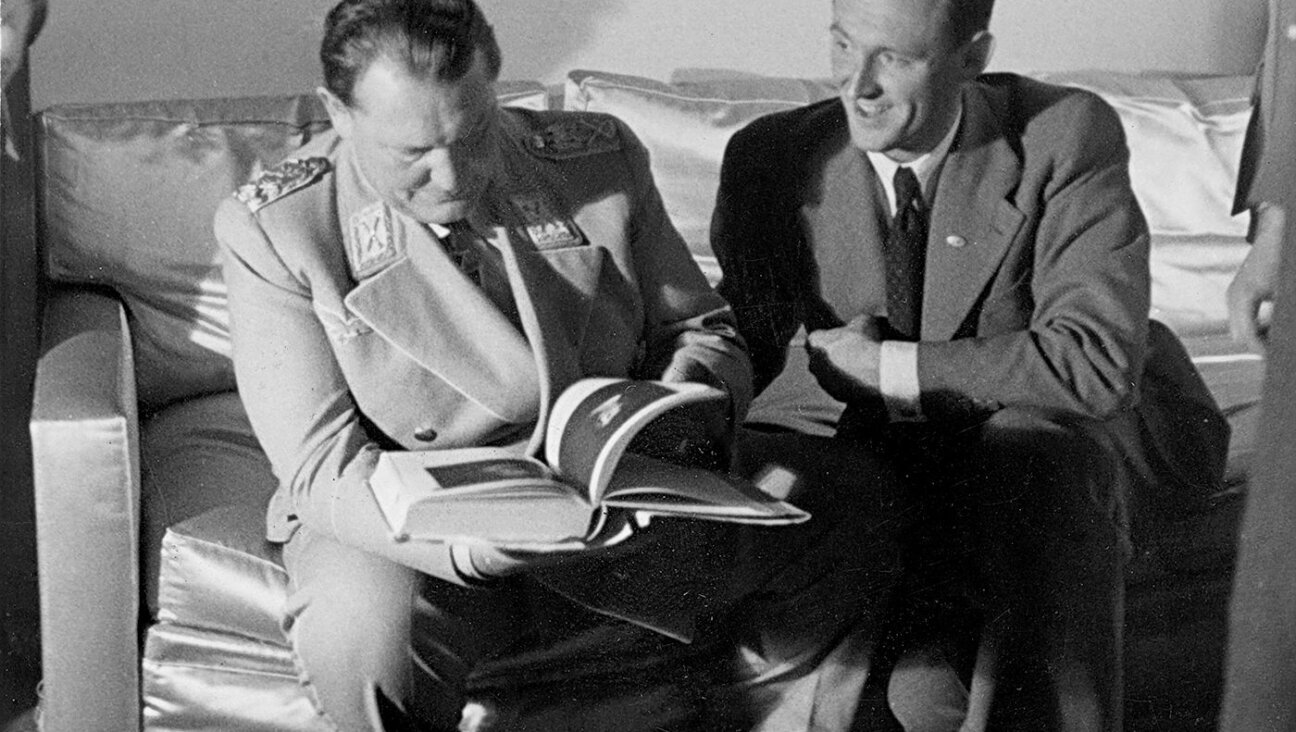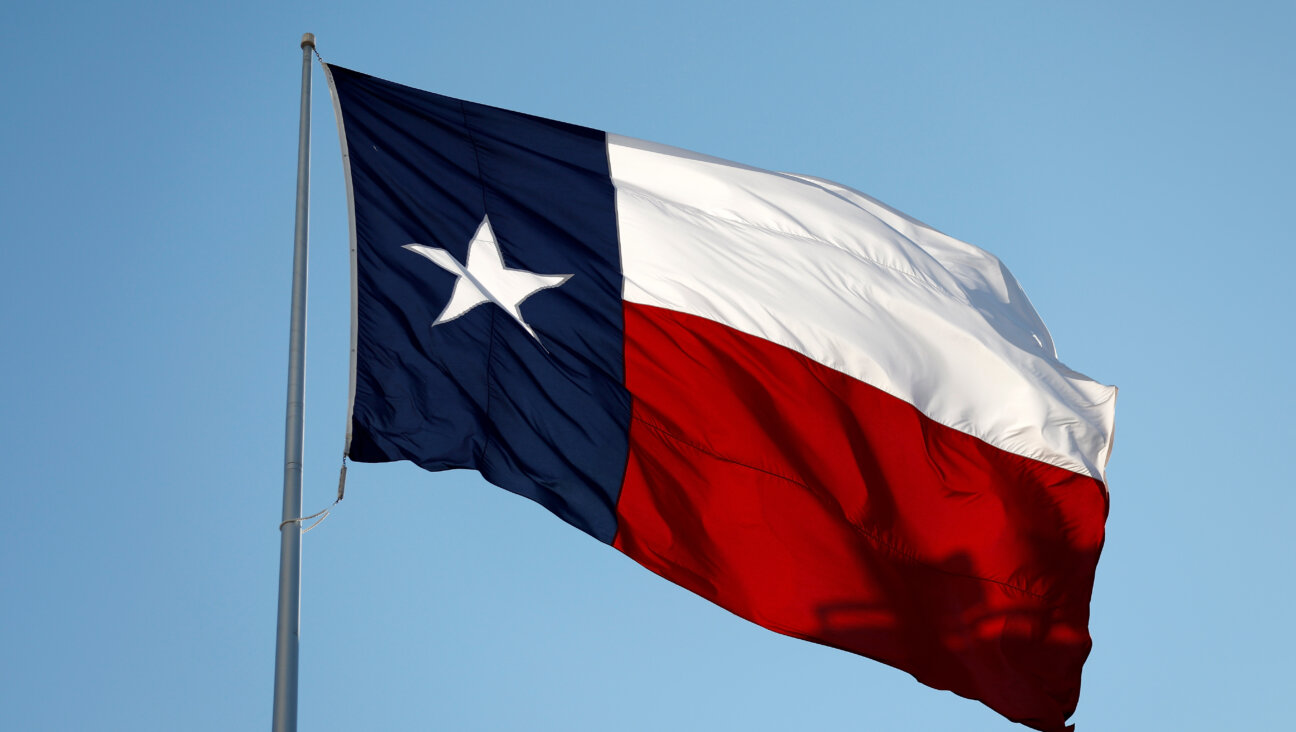Christians Join Thousands in Hungary’s March of the Living

Image by Getty Images
Tens of thousands took part Sunday in the “March of the Living,” as well as Hungary’s largest anti-racist rally of the year.
March of the Living, now in its 14th year, is held annually to commemorate the deportation of Hungarian Jewry to the Auschwitz concentration camp. The ghettoization of the Hungarian Jews started on April 17, 1944. Some 437,000 Jews from the countryside were sent to Auschwitz and the majority of them were gassed in the neighboring death camp of Birkenau. Only a few thousand survived Auschwitz. In total, 600,000 Hungarian Jews were exterminated in different concentration camps during the Holocaust.
The Hungarian branch of the international organization of the March of the Living Foundation, ahead of the March of the Living to Auschwitz, also holds an annual anti-xenophobic and anti-racist rally in Hungary.
This year’s march started Sunday from the downtown Dohány Street Synagogue and ended at the downtown Basilica, the largest Catholic Church in Budapest. For the first time, three Christian bishops took part together in the March of the Living and gave speeches on the same stage.
“It is a historic moment, when the leaders of the Christian and the Jewish religion are on the same stage together,” Gabor Gordon, the head of the March of the Living Hungary Foundation, said in his introduction.
The rally started with a moment of silence in memory of Imre Kertész, the Hungarian Jewish writer who died earlier this month at the age of 87, and whose Holocaust novels won the Nobel Prize for Literature in 2002.
The largest applause was for Hungarian Chief Rabbi Robert Frolich, who in his speech was openly critical of the Christian churches saying: “What if the doors of the Basilica had been left open then, during the Holocaust? … But the doors were not open, the Basilica was closed when it needed to be open.”
Dr. Janos Szekely, a Roman Catholic bishop, said: “We are here now at the March of the Living in Budapest to express our pain and repentance over the killing of more than half a million Hungarian Jewish compatriots.”
Numerous diplomats attended the rally, including the Israeli Ambassador to Hungary, Ilan Mor, who said: “This is now the March of the Living and not as it was 72 years ago, when it was the March of the Dead. Now this is the March of Hope.”
The star of the Oscar Award-winning Hungarian film “Son of Saul” Géza Röhrig, also appeared at the event.
Other events on Sunday included the dedication of a memorial statue to the forced laborers during World War II in the 8th district of Budapest, which had a large Jewish population before the Holocaust. The monument was created by Hungarian-born Israeli artist Dan Reisinger. Some 100,000 men and women were forced to work for the Hungarian state and the army during World War II. The statue was supported by the Hungarian government and the Hungarian Ministry of Defense.
A message from our CEO & publisher Rachel Fishman Feddersen

I hope you appreciated this article. Before you go, I’d like to ask you to please support the Forward’s award-winning, nonprofit journalism during this critical time.
We’ve set a goal to raise $260,000 by December 31. That’s an ambitious goal, but one that will give us the resources we need to invest in the high quality news, opinion, analysis and cultural coverage that isn’t available anywhere else.
If you feel inspired to make an impact, now is the time to give something back. Join us as a member at your most generous level.
— Rachel Fishman Feddersen, Publisher and CEO























